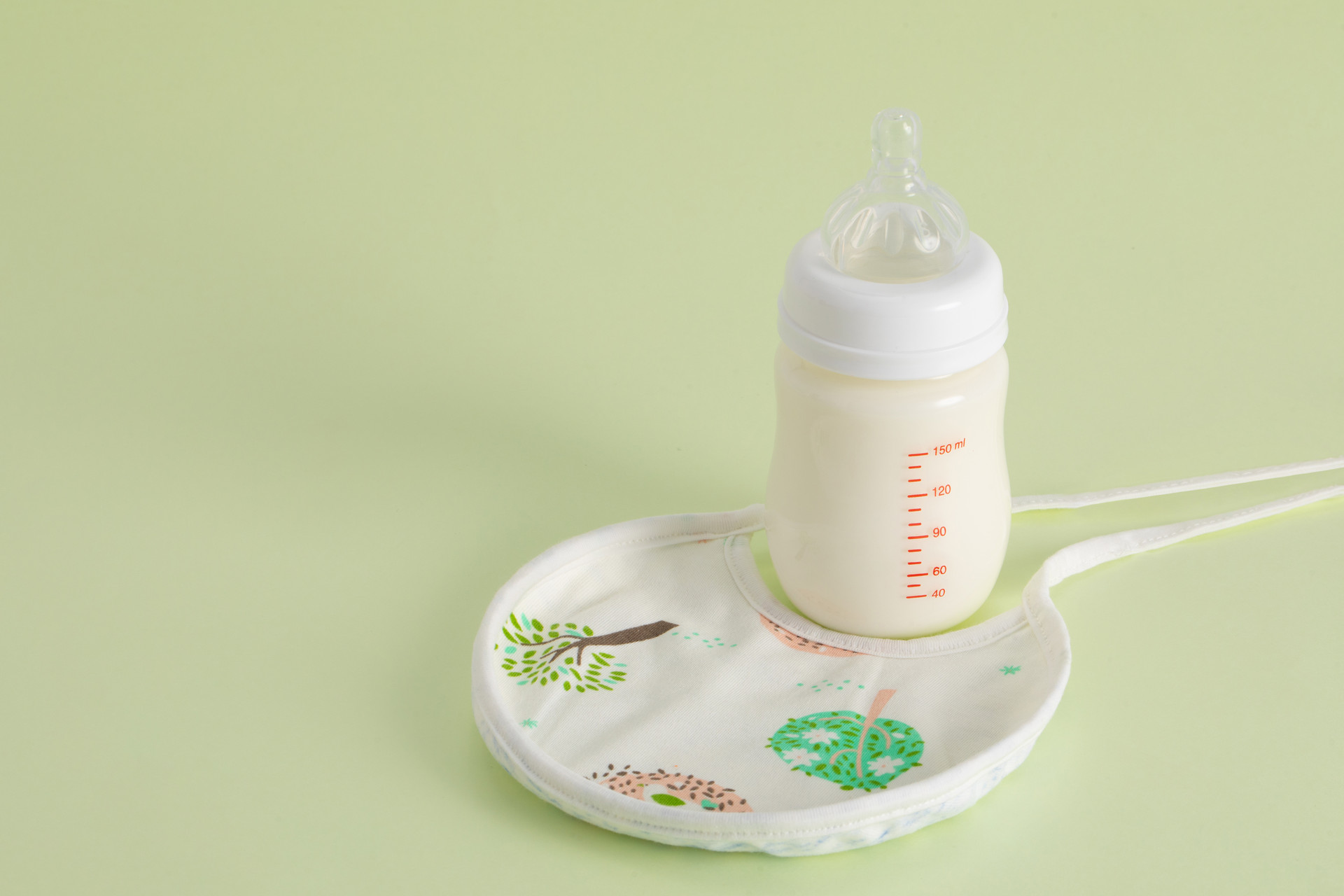In autumn and winter, babies develop quickly. When their physical growth is rapid, bone growth also increases. Calcium and phosphorus metabolism significantly increase during this time. If the absorption of calcium in babies is not properly ensured, they are prone to rickets. Therefore, in the short daylight hours of autumn and winter, parents should often take their babies out to bask in the sun, but they should pay attention to the method of sunbathing.
One hour of sun exposure a day is enough for vitamin D
Vitamin D deficiency rickets is a common nutritional deficiency in infants and young children. Many people think that rickets is caused by "calcium deficiency," but this is incorrect. It is actually caused by a lack of vitamin D. Infants and young children have a rapid growth and development of bones, which requires an adequate amount of vitamin D to maintain normal bone development. When there is a deficiency of vitamin D, it can lead to rickets.
Research has found that babies can produce 400 international units of vitamin D by sunbathing for one hour a day, which is enough to meet their daily vitamin D needs. It seems that sunlight is the best "activator" for vitamin D. Experts suggest that parents can take their babies outdoors to sunbathe frequently after they are one month old.
How to sunbathe scientifically
There are three time periods when sun exposure is most effective. The first period is from 6 to 9 am, during which the sunlight is warm and gentle with a relatively weak ultraviolet component. The high temperature of infrared rays can cause the body to heat up, promote blood circulation and metabolism. The second and third periods are from 9 to 10 am and from 4 to 5 pm respectively. During these two time periods, there is a higher concentration of A-type ultraviolet rays, which is the best time to store "sunshine vitamin" - vitamin D in the body. It can also promote the absorption of calcium and phosphorus in the intestines, strengthen the body, and promote normal bone mineralization.
Protect the eyes from sun exposure. The duration of sunbathing varies depending on the age of the baby. It should be gradually increased from about ten minutes to 1 to 2 hours, or multiple sessions of 15 to 30 minutes per day. In addition, it is necessary to have the baby wear a hat with a brim to protect the retina.
Avoid bathing after sunbathing. It is not advisable to sunbathe on an empty stomach and it is better not to give the baby a bath. This is because bathing can wash away the material 7-dehydrocholesterol, which is a precursor to the synthesis of active vitamin D in the skin, thus reducing its role in promoting calcium absorption in the body.
Wear red clothes. It is best to wear red clothing when sunbathing because the long-wave radiation of red clothing can quickly "neutralize" the strong short-wave ultraviolet rays. It is best not to wear black clothes.
Don't "sunscreen" exposed skin. Some mothers are afraid that their babies will catch a cold, so they make them wear hats, gloves, and masks. However, they do not realize that this makes it difficult for the baby to receive enough sunlight. When sunbathing, the baby's skin should be exposed as much as possible, according to the current temperature conditions.











